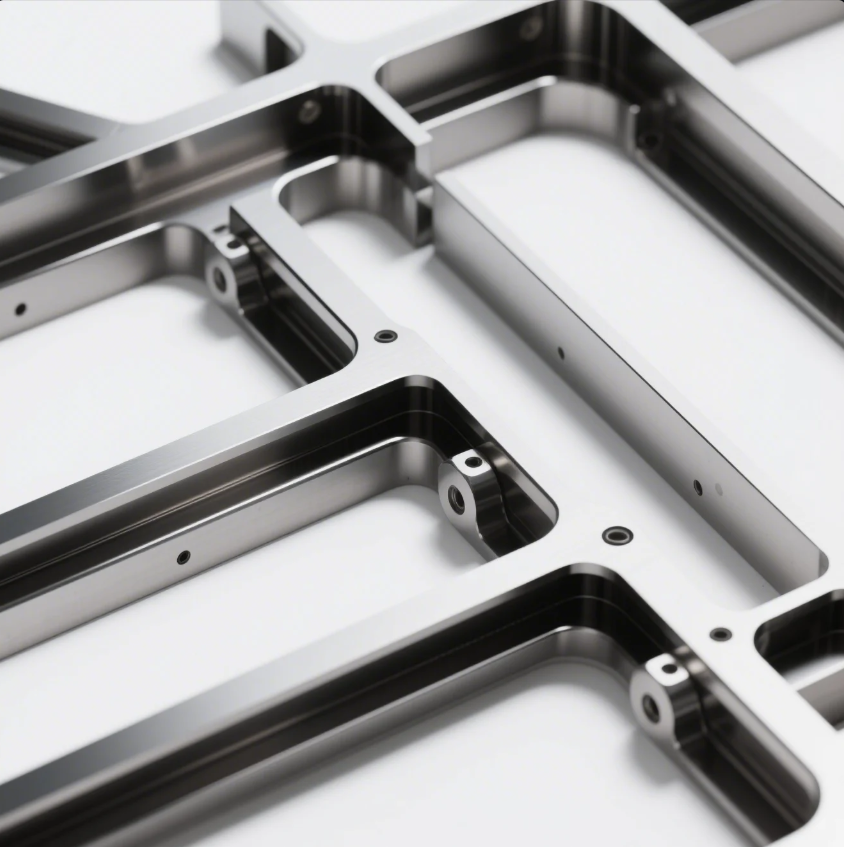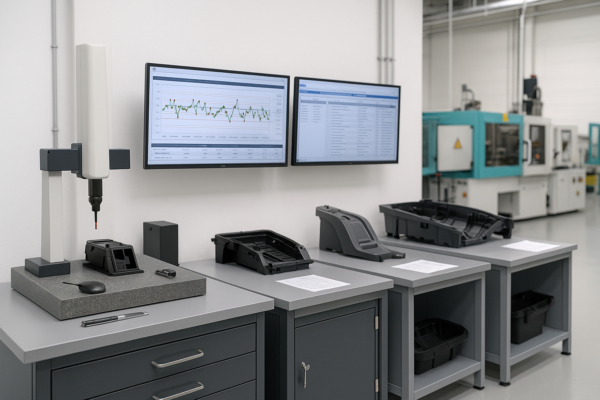What is boundaryless design?

Boundaryless design is a concept that promotes flexibility, collaboration, and the removal of traditional organizational barriers. It’s increasingly popular in modern businesses aiming to foster creativity and innovation by eliminating rigid boundaries.
Snippet paragraph: Boundaryless design removes organizational barriers, encouraging fluid collaboration and adaptability across departments and teams.
Understanding boundaryless design can help businesses create environments where collaboration thrives and innovation flourishes. Let’s explore what this design means and how it operates.
What is boundaryless organizational design?
Boundaryless organizational design is a model where traditional hierarchical boundaries are eliminated, allowing for more fluid communication and collaboration across departments, teams, and even external stakeholders. The idea is to create a flexible, adaptable environment where information and resources flow freely, making it easier to respond to market changes and foster innovation.
Snippet paragraph: Boundaryless design promotes open communication and collaboration by removing traditional organizational boundaries, enhancing adaptability.

Dive-Deeper paragraph:
In a boundaryless organizational design, the rigid lines between departments, teams, and roles are blurred. This allows for quicker decision-making and more dynamic problem-solving. For example, a company might organize teams around specific projects, rather than departments like marketing or finance. These teams are made up of people from different areas of expertise, which encourages collaboration and diverse thinking. The traditional top-down hierarchy is replaced by a more decentralized approach, where leaders serve more as facilitators than decision-makers.
Companies that implement boundaryless design often use digital tools and technologies to support communication and collaboration. The focus is on creating an environment where people can work together seamlessly, regardless of their role or department. This design helps break down silos and promotes a culture of openness, enabling employees to share ideas freely and respond quickly to challenges.
Key Characteristics of Boundaryless Design:
| Characteristic | Description |
|---|---|
| Flexibility | Allows for easy adaptation to changing needs |
| Collaboration | Encourages cross-functional teamwork |
| Decentralization | Leadership is shared and decisions are more autonomous |
| Openness | Information and ideas are freely shared across the organization |
Boundaryless design is especially effective in industries where innovation and rapid response are crucial, such as technology and creative fields.
What is an example of a boundaryless company?
One of the most well-known examples of a boundaryless company is Google. The tech giant has long been recognized for its open, flexible organizational structure that encourages collaboration across different functions. Google’s employees are encouraged to work together across departments, and the company fosters an environment where ideas can flow freely between different teams, regardless of their role or title.
Snippet paragraph: Google is an example of a boundaryless company, promoting collaboration and innovation through its open, flexible organizational design.

Dive-Deeper paragraph:
At Google, the traditional boundaries between teams and departments are deliberately blurred to promote collaboration. Employees from different backgrounds—whether in software development, marketing, or design—often work together on projects. Google also embraces the concept of "20% time," where employees are encouraged to spend a portion of their work hours exploring ideas outside their main job function, further promoting cross-disciplinary creativity.
Google’s open office design, where employees work in collaborative spaces rather than enclosed offices, is another example of how the company fosters a boundaryless environment. The goal is to break down traditional barriers, making it easier for employees to share ideas and collaborate on innovative projects. This openness and fluidity have helped Google remain a leader in innovation, as employees are empowered to take initiative and bring new ideas to life.
Google’s Boundaryless Design Features:
| Feature | Description |
|---|---|
| Cross-Department Teams | Employees from different departments collaborate easily |
| Open Office Spaces | Encourages informal interactions and idea sharing |
| 20% Time | Employees work on personal projects or ideas unrelated to their main job |
Google’s success in implementing a boundaryless design demonstrates how removing organizational barriers can lead to greater creativity and innovation.
What does "boundaryless" mean?
"Boundaryless" refers to the concept of removing traditional limits, divisions, or silos within an organization. In a boundaryless environment, there are no rigid structures or strict hierarchies that inhibit communication, collaboration, or decision-making. Instead, employees are encouraged to work across departments, share ideas freely, and contribute to the organization’s success without being confined by traditional roles or organizational charts.
Snippet paragraph: "Boundaryless" means eliminating traditional divisions and hierarchies, promoting a fluid, collaborative work environment.

Dive-Deeper paragraph:
The term "boundaryless" is often used to describe organizations that are designed to be flexible and adaptable. The goal is to create a work environment where employees can freely collaborate, share knowledge, and contribute to innovation without the constraints imposed by traditional structures. For instance, in a boundaryless company, an employee from the marketing team may work closely with someone from the IT department to develop a new product or marketing campaign, without worrying about departmental boundaries.
In a boundaryless organization, there is also a focus on creating open communication channels. Hierarchical barriers are minimized, allowing information to flow freely from top to bottom, and vice versa. This creates a more transparent environment, where everyone has access to the information they need to make decisions and contribute to the organization’s success.
Benefits of a Boundaryless Environment:
| Benefit | Description |
|---|---|
| Flexibility | Adapts to changes quickly and allows for innovative thinking |
| Open Communication | Information flows freely between all levels of the organization |
| Innovation | Cross-functional collaboration leads to creative problem-solving |
By removing boundaries, organizations can become more dynamic and responsive to the rapidly changing business landscape.
What are the key requirements for a boundaryless structure?
There are several key requirements for implementing a boundaryless structure, including:
- Open Communication – A culture of transparency and free-flowing information is essential for eliminating boundaries.
- Decentralized Decision-Making – Leaders must share decision-making power with employees to encourage innovation and empowerment.
- Collaborative Tools – Technology plays a vital role in supporting communication and collaboration across different teams and departments.
- Flexible Roles and Responsibilities – Employees should be encouraged to take on a variety of tasks and work across different functions, not just their designated roles.
- Trust and Autonomy – Trust is essential for employees to work independently and collaborate effectively without rigid supervision.
Snippet paragraph: Key requirements for a boundaryless structure include open communication, decentralized decision-making, and collaborative tools.

Dive-Deeper paragraph:
A boundaryless structure thrives in an environment where communication is open and information is accessible to everyone. Traditional top-down management styles must be replaced with decentralized decision-making, where employees at all levels are empowered to contribute ideas and make decisions.
Technology is another crucial enabler of boundaryless design. Tools like collaboration software, video conferencing, and project management platforms help connect employees across departments and locations, making it easier to share ideas and collaborate on projects. These tools help break down the physical and organizational boundaries that might otherwise hinder communication.
Essential Elements for Boundaryless Success:
| Requirement | Description |
|---|---|
| Open Communication | Transparent sharing of information across all levels |
| Decentralized Leadership | Shared decision-making among leaders and employees |
| Technology Integration | Tools that facilitate collaboration and information sharing |
| Flexible Roles | Employees take on tasks across various functions |
| Trust | Empowering employees to work autonomously and innovatively |
For a boundaryless structure to succeed, these elements must be implemented across the entire organization, fostering a culture that values collaboration, innovation, and transparency.
Conclusion
Boundaryless design removes organizational barriers, promoting flexibility, communication, and innovation across departments and teams, leading to a more adaptive and creative organization.







